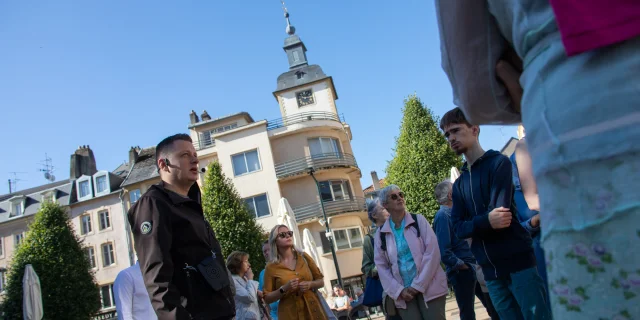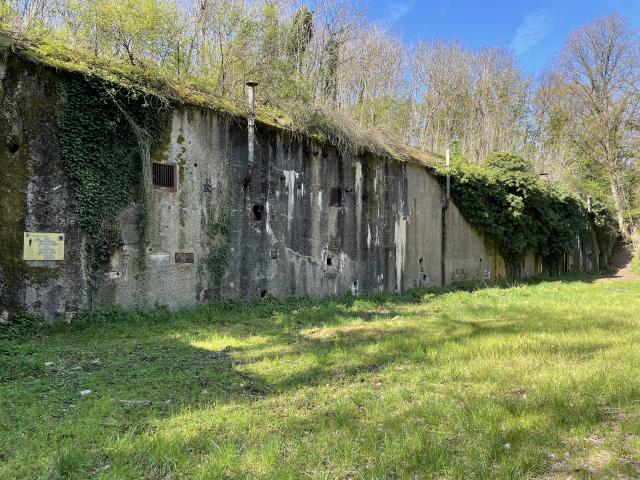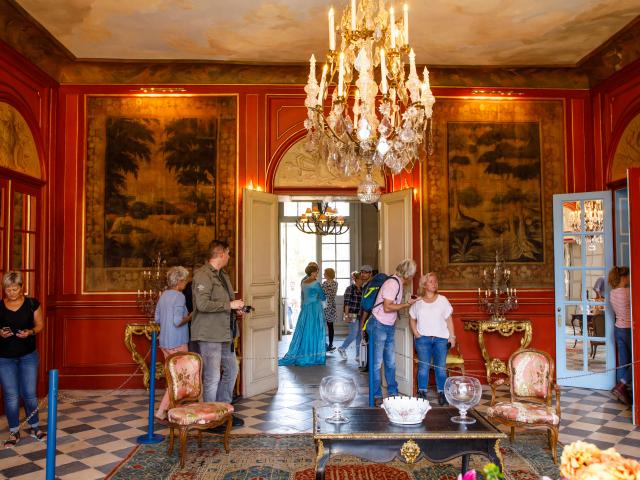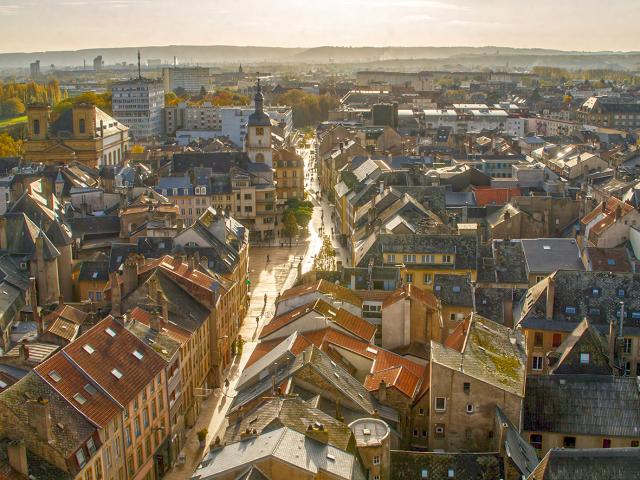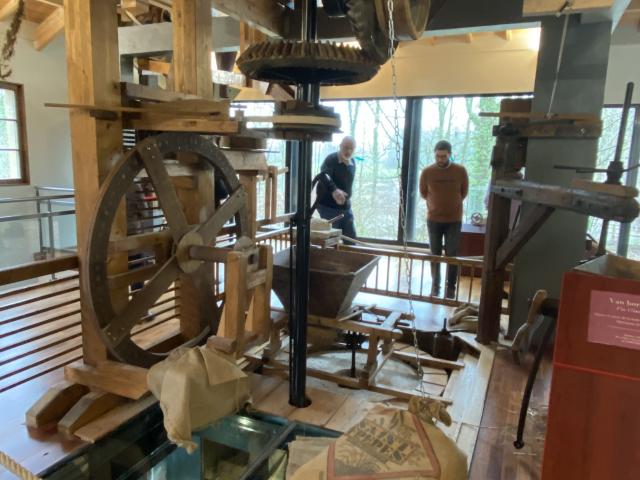A fortification
in the shape of a crown
The Yutz for tification is so named because of its crown-like shape. It follows the theories and numerous constructions of Vauban, who warned of the importance of protecting the right bank. The Thionville project was not to be taken up again almost 50 years later. This new line of fortifications includes three bastions, the Sarrelouis gate and a diversion canal. The latter will be enhanced by two lock bridges! Vegetation covers almost the entire fortification.
 Couronnée de Yutz
Couronnée de Yutz Pont-écluse - Thionville
Pont-écluse - Thionville



